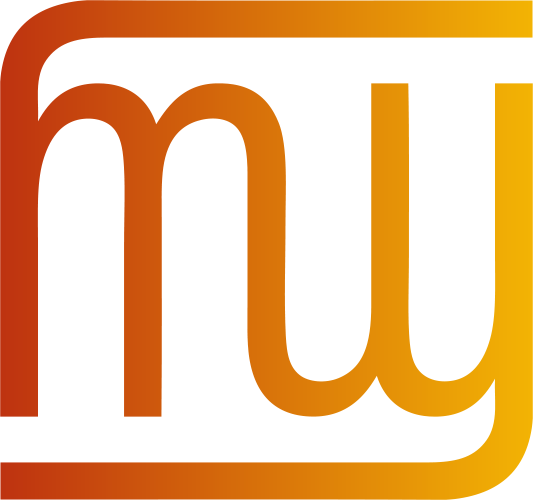 The W3C Internationalization (I18n) Activity works with W3C working groups and liaises with other organizations to ensure Web technologies work for everyone, regardless of their language, script, or culture.
The W3C Internationalization (I18n) Activity works with W3C working groups and liaises with other organizations to ensure Web technologies work for everyone, regardless of their language, script, or culture.
From this page you can find articles and other resources about Web internationalization, and information about the groups that make up the Activity.
Read also about opportunities to participate and fund work via the new Sponsorship Program.
What the W3C Internationalization Activity does
Selected quick links
Selected quick links
Selected quick links
Internationale und mehrsprachige Webseiten
Thanks to Jens Meiert the FAQ-based article “International & multilingual web sites” has now been translated into German (language negotiated).
Internationalization: Awakening the Sleeping Giant
Presentation by Molly E. Holzschlag at the @media conference, London, UK, on 16 June, 2006. See also:
- Photos: 1 2
- Blog transcripts: Muffin Research Labs, Web Access Centre, CindyLi.com
CSS3 and International Text
Comments are being sought on this article prior to final release. Please send any comments to www-international@w3.org (subscribe). We expect to publish a final version in one to two weeks.
By following this tutorial you should:
- have a general picture of the types of text control that will be available for non-Latin scripts in CSS3
- understand the status of the work, and what you can do to help move the work forward.
Internationalizing XHTML, HTML and CSS Web Content
A page is now available that points to material supporting Richard Ishida’s tutorial at the World Wide Web Conference in Edinburgh at the end of May. Modules include:
- Practical and Cultural Issues
- Character sets & encodings in XHTML, HTML and CSS
- Declaring language in XHTML and HTML
- Understanding the new language tags
- Script issues (read about text direction and text wrapping in particular)
- Creating (X)HTML Pages in Arabic & Hebrew
- Script issues (read text direction and text wrapping in particular)
- CSS3 and International Text
Language Tags and Locale Identifiers
The Internationalization Core Working Group has published an updated Working Draft of Language Tags and Locale Identifiers for the World Wide Web. The draft includes mechanisms for identifying or selecting the language of content or locale preferences used to process information using Web technologies. It describes how document formats, specifications, and implementations should handle language tags, as well as data structures for describing international preferences.
The informative introductory section has been rewritten thoroughly, and the usage of language and locale have been separated explicitly.
World Grows Small: Open Standards for the Global Web
Molly Holzschlag, I18n GEO Working Group member, has published an article on A List Apart entitled World Grows Small: Open Standards for the Global Web. She says “As our skills in markup, CSS and JavaScript improve, it’s a good idea for standards-savvy web professionals to begin exploring the technical and social issues within the internationalization realm.”
Internationalization Tag Set (ITS)
The Internationalization Tag Set Working Group has published a Last Call Working Draft of the Internationalization Tag Set (ITS) Version 1.0. Organized by data categories, the ITS set of elements and attributes supports the internationalization and localization of schemas and documents. Implementations are provided for DTDs, XML Schema and Relax NG, and for existing vocabularies like XHTML, DocBook and OpenDocument. Last Call comments are welcome through 30 June.
Best Practices for XML Internationalization
The Internationalization Tag Set Working Group has published a First Public Working Draft of Best Practices for XML Internationalization. This document provides a set of guidelines for developing XML documents and schemas that are internationalized properly. Following the best practices describes here allow both the developer of XML applications, as well as the author of XML content to create material in different languages.
New tutorial: Creating (X)HTML Pages in Arabic & Hebrew
Getting bidirectional text to display correctly can sometimes appear baffling and frustrating, but it need not be so. If you have struggled with this or have yet to start, this tutorial should help you adopt the best approach to marking up your content, and explain enough of how the bidirectional algorithm works that you will understand much better the root causes of most of your problems. It also addresses some common misconceptions about ways to deal with markup for bidirectional content.
At the end of this tutorial you should be able to:
- create effective XHTML and HTML pages containing text written in the Arabic or Hebrew (or other right-to-left) scripts,
- understand the basics of how the Unicode bidirectional algorithm works, so that you can understand why bidirectional text behaves the way it does, and how to work around problems,and
- take decisions about the appropriateness of alternatives to markup.
CSS3 and International Text
Rewrote much of the text and slides to bring up to date with latest CSS draft work. Removed references to particular properties, since some of these have already changed, and others may yet. The tutorial now mentions typographic support planned for CSS3 in more abstract wording. Specification references updated to reflect restructuring by CSS WG. Updated the structure of the all-in-one version slightly. Changed the format of the slides, and produced new HTML version of same.